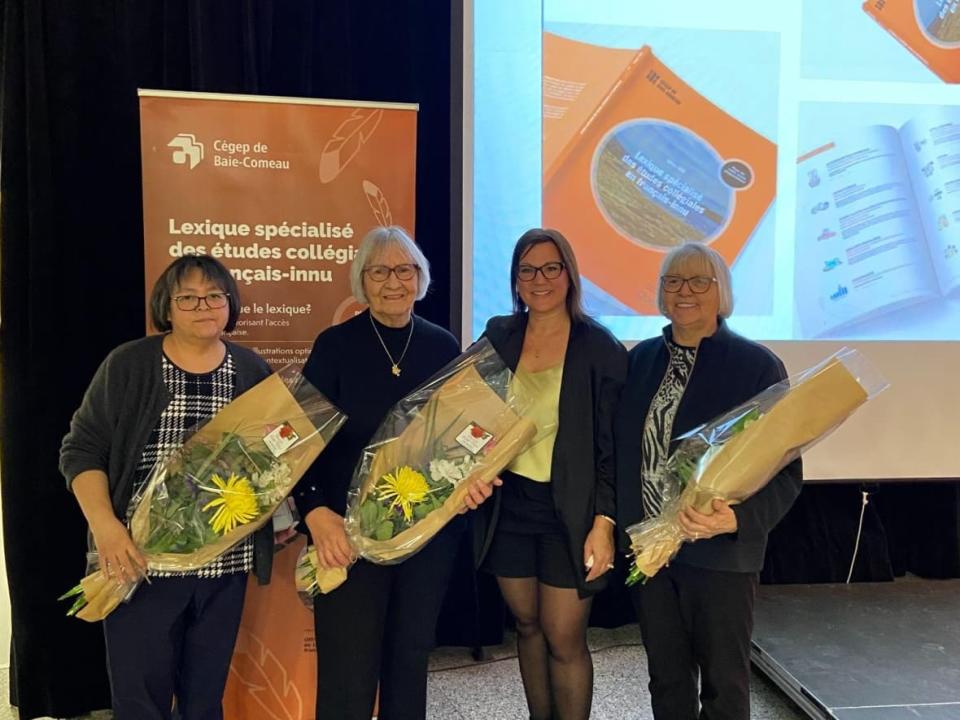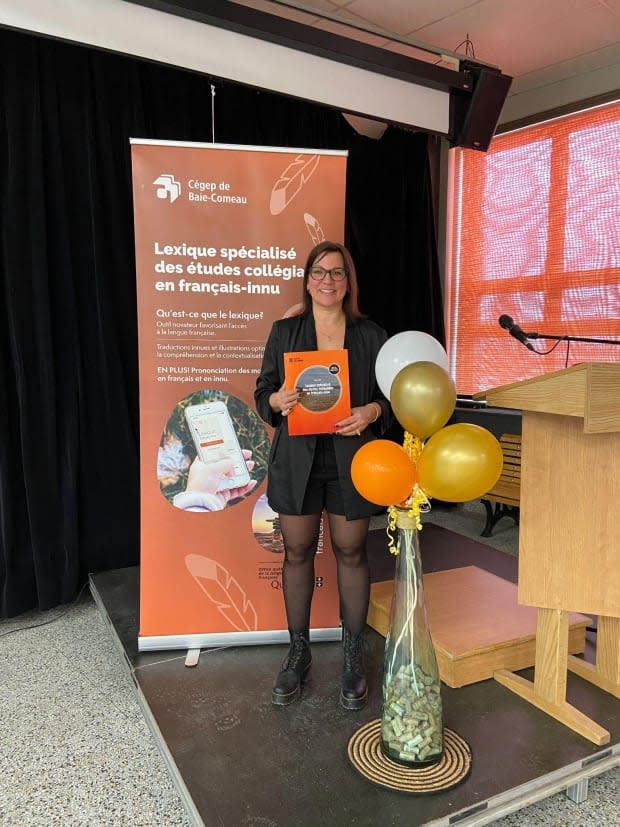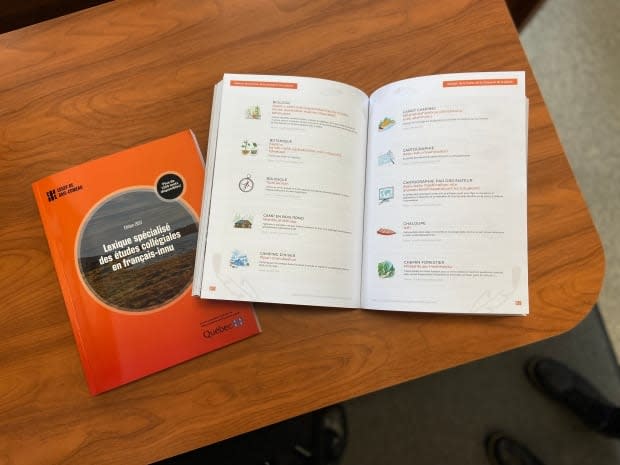
There is a reason you have not come across a unicorn fossil in a museum exhibit, let alone seen one in a zoo or heard an iconic grandfatherly voice detail their daily trepidations in a BBC documentary. The reason being—spoiler alert—we have not yet managed to capture one. However, it hasn't been for lack of trying. as documented by a research article in the Cambridge Archaeological Journal, Europeans went looking for unicorns as far away as South Africa, where they found the creature depicted in rock art paintings alongside other better documented wildlife of the region.
In the article, "Revisiting the South African Unicorn: Rock Art, Natural History and Colonial Misunderstandings of Indigenous Realities," David M. Witelson of the Rock Art Research Institute School of Geography at the University of the Witwatersrand, South Africa, details the by chance cross-cultural translation of culturally distinct unicorn concepts and connects stories of Indigenous oral tradition to literal interpretations by colonists.
Locals must have noticed something interesting about the British when they first arrived. They wore symbols on their uniforms of familiar animals, the lion and the unicorn. The British were likely amazed that the locals were aware of unicorns, and could even describe them in detail. Then the discovery by colonists of ancient rock art—depictions of unicorns as commonplace animals—caused imaginations to race. What followed were concerted search efforts fueled by a desire to capture a creature of both biblical importance and interest to natural history scientists. It was biblical passages that led to the unicorn being adopted as a royal symbol, and any question of the creature's reality was, especially in light of new evidence, necessarily so.
Over the past few hundred years, the reasons for the unicorn rock art and ensuing failure to find the creature have been assigned multiple causes. Some claim outright fraud by the initial discoverers of the rock art, claiming they made it up to create an excuse to fund frivolous search campaigns. Others have pointed to overzealous interpretations of poorly rendered representation by the rock artists, failing to depict both horns of an antelope in profile. And of course, there is the possibility that the world's best known unicorn impersonator, the rhinoceros, is to blame for the confusion.
However, there are many depictions of unicorns in South African rock art, so it was unlikely that anyone was making up the discovery of rock art. When antelope are represented, they are always painted with both horns, as most artistic renderings of local animals are accurately detailed. While it may be an accurate confusion in some other historical contexts, the rhinoceros theory seems out of place in rock art that does represent the rhino accurately and distinctly from unicorn paintings.
What has been lost in previous chronicling of the European pursuit of a European-style unicorn in southern Africa, according to Witelson, is the actual representation and meaning of unicorns to the local San people. Witelson details the existence of a cultural myth among the San people of a rain creature, a manifestation of water that takes the form of a one-horned beast—a creature that just happens to resemble the European vision of a unicorn.
In collecting and retranslating recorded oral traditions, a central theme began to emerge to Witelson. The lands where the wild and savage rain animals live in legend were the mountains to the north where the rains go as they pass. Stories of rain and water animals, at times described as one-horned creatures, matched descriptions given to early colonists of unicorns with stripes or black fur. In one story, a terrible one-horned creature, distinct from a rhinoceros, is blamed for destroying homes, while a similar creature is used as the embodiment of severe thunderstorms in another. In Witelson's assessment, the one-horned antelope of the San stories is a form taken by the rain, and their depictions in rock art are connected to these stories.
In describing the African unicorn to colonists, the San people may have left out certain aspects of the story. They might have learned of the creature as a children's story, or casually as a metaphor for rain, or even believed it to be the physical embodiment of a critical resource—a spirit or god. They might not have mentioned that it was a mythical creature if they did not think of it as such. Some records of the time merely note that the locals were aware of such a creature but add no further context. Regardless of what the San people in these conversations believed or attempted to convey, the result was a literal interpretation.
Witelson writes in the article, "…the search for the unicorn in South Africa is an early precursor of the colonial science that later emerged in the Cape Colony in the mid-nineteenth century: while unicorns and the Indigenous inhabitants of southern Africa could be accommodated in European natural history, local customs and beliefs had no such place."
More information: David M. Witelson, Revisiting the South African Unicorn: Rock Art, Natural History and Colonial Misunderstandings of Indigenous Realities, Cambridge Archaeological Journal (2023). DOI: 10.1017/S0959774323000045
© 2023 Science X Network
Citation: Chance cross-cultural unicorn concepts lost in translation (2023, March 16) retrieved 16 March 2023 from https://ift.tt/HlVnJ9X
This document is subject to copyright. Apart from any fair dealing for the purpose of private study or research, no part may be reproduced without the written permission. The content is provided for information purposes only.
:quality(70)/cloudfront-ap-southeast-2.images.arcpublishing.com/tvnz/ZKM2OPXU6FB7FJCAYQRVZSTNB4.jpg)
/cloudfront-ap-southeast-2.images.arcpublishing.com/nzme/TWXZ4DKQPRB7PJXVXZZT5WZXY4.JPG)




